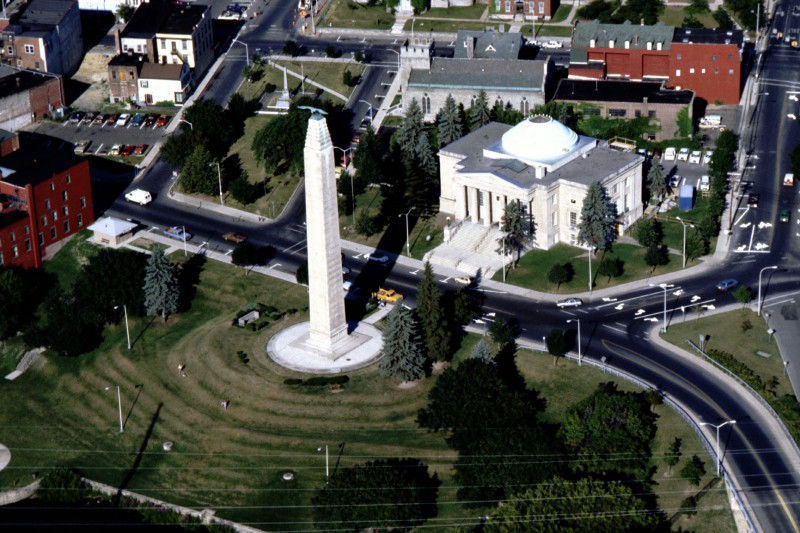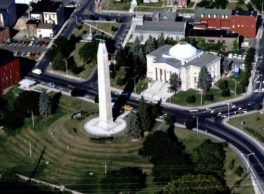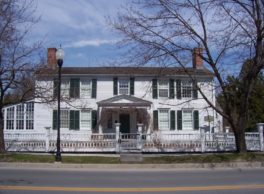Andebit et beaqui corendit, ut quostes esciendion re dit ad et prae parion es quia quas alibus sam, omnim faciden ducipidiat arum autem nobis enis es voat

Plattsburgh

Situated on the western shore of Lake Champlain, this location proved ideal for settlement but was in the path of raids that deterred permanent occupation until after the Revolutionary War. In 1749 the French granted the Ramezay-la-Gasse seigneurie (manor) here, but it was never settled. Then, in 1769, the British granted the land to Charles de Fredenburgh who commenced a settlement, but he disappeared in 1775. After the Revolution, the land was granted to a consul consortium led by Zephaniah Platt, for whom the town is named. Situated at the mouth of the Saranac River, Plattsburgh has a sheltered harbor in Cumberland Bay under the protection of Cumberland Head. In its early years, Plattsburgh served as a commercial hub, just as it does today.
Designated the county seat in 1788, Plattsburgh was settled by migrants from the Hudson Valley, Quebec Province, and Vermont. Industries were established to process the natural resources of the Saranac Valley, although the first forge, established in 1798, processed iron ore from Monkton, Vermont.
The town was exposed to raids before and during the land and naval battles of the War of 1812. The famous naval Battle of Plattsburgh of September 11, 1814, occurred in Cumberland Bay. Most village residents fled southward to Peru when the U.S. forces abandoned all territory north of the Saranac River to concentrate their defense on the three forts, Brown, Moreau, and Scott, on the south bank. The grassy mounds of Fort Brown remain as a historic city park today, overlooking the river.
The failure of the Papineau Rebellion of 1837-38 increased French migration to the area. Something like half of the population was of French descent, while others were from New England, lower New York, and Europe. In 1861 the first synagogue north of Albany was established in Plattsburgh.
During the late 1800s to mid-1900s, the primary industries were marble sawing, ice cutting (employing 5,000 men seasonally), ironwork, furniture, clocks, sewing machines, typewriters, shirts, razor blades, dynamite, railroading, and paper. From 1906 to 1914, Lozier Auto built its luxurious vehicles and powerboats here.
The State University at Plattsburgh, established as a teachers college in 1889, contributes greatly to the community’s prosperity. Businesses such as Boise Cascade [is it Boise Cascade or Georgia Pacific or both?] and the new aviation and manufacturing firms at the former Plattsburgh Air Base help sustain the economy. Radios and shirts are among some of the items currently manufactured here.
The Village of Plattsburgh was incorporated within the Town of Plattsburgh in 1815, but in 1902 the village became, by state legislation, a city, independent of the town. According to a special January 1902 census to divide up debts with the town, the village-turning-city had a population of 8880 souls.
Downloads
Related Sites or Experiences
City of Plattsburgh
518-563-7702
41 City Hall Place
Plattsburgh, NY 12901 US Town of Plattsburgh
518-562-6800
518-563-8136 (Fax)
151 Banker Road
Plattsburgh, NY 12901 US
[email protected]









